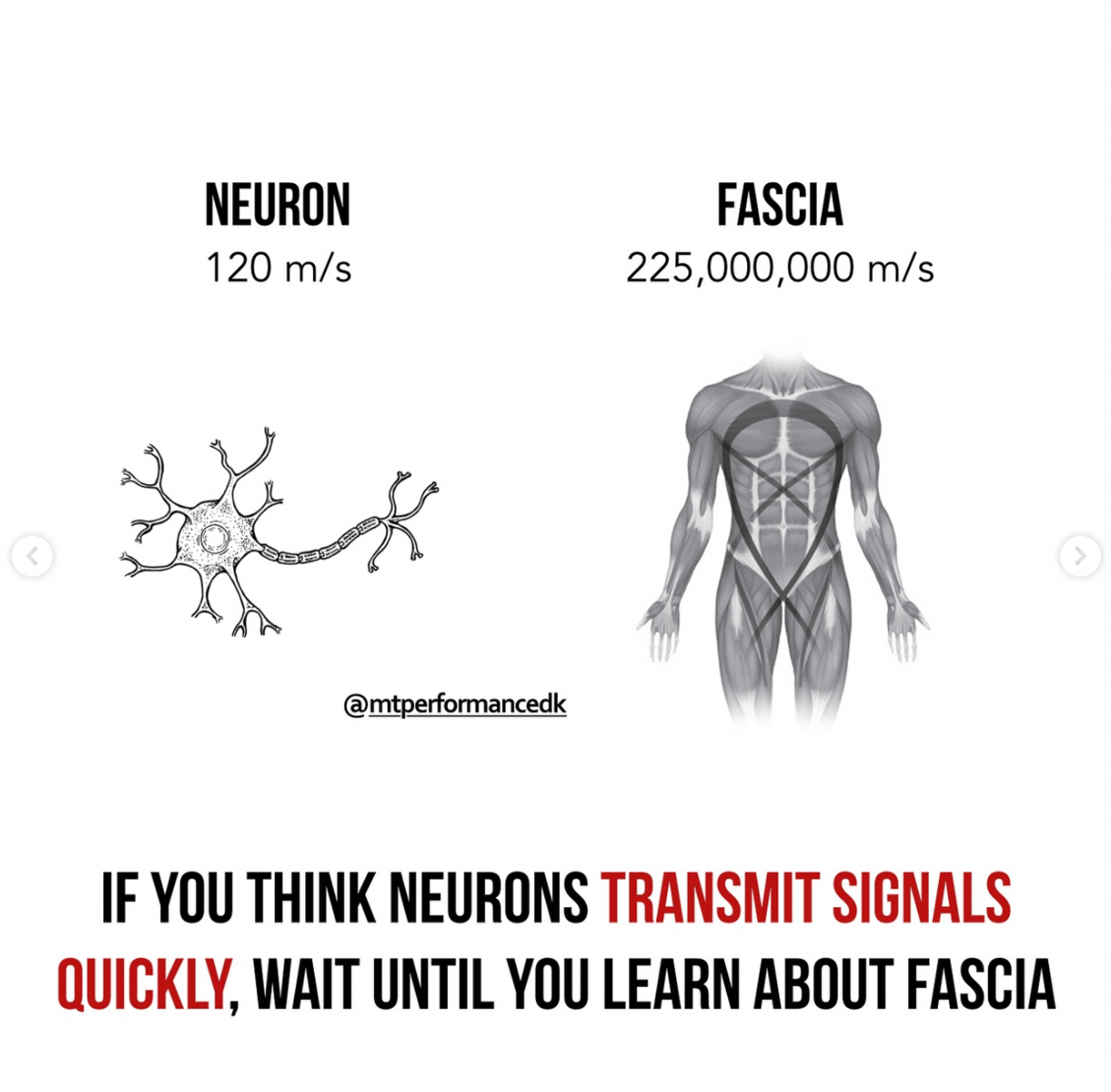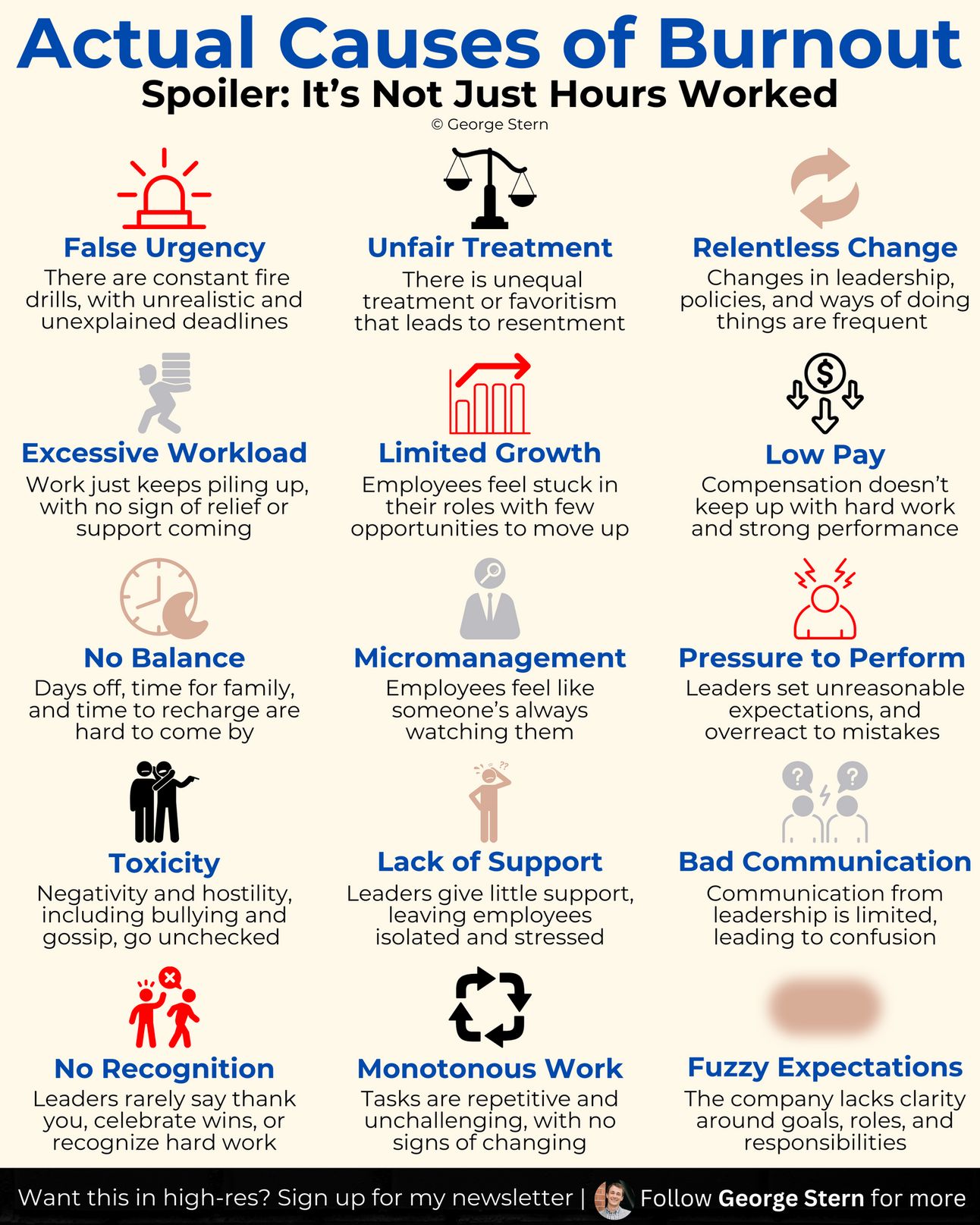Good morning! In today's newsletter, I'll dive deep into something that might fundamentally change how you think about performance barriers. We're exploring the fascinating science of how your body literally stores emotional experiences and trauma in your tissues—and why this invisible "emotional hard drive" could be the missing piece in your performance puzzle.
Most founders focus on optimizing their minds, their habits, and their systems. But what if the real breakthrough lies in understanding how your fascia—your body's connective tissue network—acts as a biological library, storing every stressful meeting, every sleepless night, and every moment of overwhelm? Today we'll uncover why ancient healing traditions and cutting-edge trauma research are pointing to the same truth: you can't hack your way around what's stored in your body.
Missed last week’s insights on Quantum Fields to Feeling? Here’s the link to catch up before diving into this week’s edition.
💡 This is the second of 3 article series on Understanding Energy, Trauma, and Healing Through Science. You can read the previous article here.
Have you ever wondered why certain emotional experiences seem to stay "stuck" in your body? Why a stressful event from years ago can still trigger physical tension? Or why, despite your best efforts at high performance, some invisible barrier seems to hold you back?
In our previous article, we explored how quantum physics is validating ancient wisdom about our energetic nature. Today, we're diving into something even more personal: how our bodies store trauma and emotional experiences, and why understanding this is crucial for anyone seeking peak performance.
The Physical Reality of Emotional Experience
When Dr. Bessel van der Kolk titled his groundbreaking book "The Body Keeps the Score," he wasn't speaking metaphorically. Through decades of research, he and other pioneers in trauma studies have demonstrated that emotional experiences create measurable changes in our physical body. But to understand how this happens, we need to first understand the remarkable system where these experiences are stored: the fascial network.
The Fascia System: Your Body's Emotional Library
Imagine a three-dimensional spider web, infinitely complex, that surrounds and penetrates every organ, muscle, and cell in your body. This is your fascial system, and it's far more than just the "connective tissue" we learned about in biology class. Recent research has revealed that fascia is:
A body-wide communication network, transmitting information faster than neurons!
Rich in mechanoreceptors and nociceptors (sensory receptors)
Capable of conducting electrical signals
Responsive to emotional states

You can read the full carousel on IG @mtperformancedk
The fascinating thing about fascia is how it adapts to our experiences. When we experience trauma - whether physical or emotional - this network literally changes its structure to record that experience. It's like your body's own biological hard drive, storing information in its physical form.
And it is exactly because of this mechanism that it’s impossible to reach sustained levels of peak performance if you don’t overcome the physical trauma stored in your tissues and organs.
This is also why ancient wisdom never approached illness from a symptomatic point of view (such as giving you paracetamol therapy for chronic migraine), but rather knew they had to go deep into where the trauma was stored and remove it for good!
💡 Tools for Action: Understanding Your Fascia
Why it Matters: Recognizing fascia's role helps you understand where and why you hold tension
Step-by-Step:
- Practice gentle self-massage to identify tight spots. If combined with breakthwork meditation, this is a great option to work on both chronic or temporary discomforts.
- Notice which emotions arise when touching different areas and crytically think what deeper meaning they may represent.
- Keep a journal of physical sensations and emotional states.
Quick Win: Spend 5 minutes each morning doing gentle body movements, noticing where you feel resistance. Mornign Yoga meditations are the best in this case!
Additional readings: the Great Dictionary of Metamedecine (only available in Italian or French for now) by Claudia Reinville is a beautiful book - originally meant for medical professionals to self-learn and practice which illness corresponds to which emotional meaning in our body.
How Trauma Gets Stored in the Body
When we experience trauma, whether it's a major event or chronic stress, our nervous system responds in predictable ways. Dr. Stephen Porges' Polyvagal Theory helps us understand this process: our bodies can go into fight, flight, or freeze responses. But what happens when these responses don't fully complete their cycle? This is where it gets interesting.
Think of trauma response like a wave that needs to complete its journey to shore. When we interrupt this natural process, perhaps because it's socially inappropriate to fully express our response, or because the stress is chronically ongoing, that energy gets "stuck" in our system. This isn't just psychological theory; it's visible in our biology:
Muscle tension patterns become chronic
Breathing patterns change
The fascia adapts its structure
Hormone production shifts
This one below is quite a long video, but it explains all details in case you want to dig deeper into the topic 😉
The Energy-Emotion Connection
Remember those quantum fields we discussed in our last article? This is where they become incredibly relevant. Research at the HeartMath Institute has shown that emotional states create distinct patterns in our body's electromagnetic field. When we experience trauma, these patterns can become "locked" in our fascia through several mechanisms:
Tissue Dehydration: Chronic stress affects the structured water in our fascia
Collagen Remodeling: Emotional states influence how our fascia rebuilds itself
Cellular Memory: Trauma changes how our cells communicate
Dr. Candace Pert's groundbreaking research on the "molecules of emotion" revolutionized our understanding of how emotions manifest physically. You're probably familiar with some of these molecules, they're the hormones and neurotransmitters we often hear about. But here's what's fascinating: these aren't just floating around in our bloodstream randomly. Pert discovered that our cells have specific receptors for these emotional molecules throughout our entire body, not just in our brain. Every emotion triggers a cascade of these biochemical messengers that bind to receptors on our cells, creating a physical imprint of our emotional experience. This explains why we might feel anxiety in our stomach, grief in our chest, or fear in our throat. Our emotions have actual, physical landing sites throughout our body.
💡 Tools for Action: Recognizing Emotional Patterns
Why it Matters: Understanding your body's stress signals helps prevent trauma storage
Step-by-Step:
- Learn to recognize your stress response patterns.
- Practice pausing during stressful moments.
- Allow emotional waves to complete their cycle.
Pro-Level Insight: The key isn't avoiding stress, but completing stress cycles. There are several ways to process these cycles, but here one you may have never heard about that will make you “shake” as a wet dog after a swim!
Reading Your Body's Trauma Map
Just as ancient traditions mapped energy centers in the body, modern research is revealing how trauma creates predictable patterns of tension and restriction. Common areas include (you can read much more on this in Claudia Deville’s book I recommended earlier):
The jaw (unexpressed words)
The shoulders (carrying too much responsibility)
The hips (feeling unsafe or unsupported)
The diaphragm (emotional suppression)
What's amazing is that modern science is now validating what ancient healing traditions have known for millennia. Research has confirmed that emotional stress creates measurable physical changes in these specific areas of our body. It's not just in our heads. When we say we're "carrying the weight of the world on our shoulders" or have a "gut feeling," we're describing real, physical responses to emotional experiences.
The Performance Connection
Here's why this matters for high performers: unresolved trauma creates a "ceiling" on your potential. Think of it like trying to run with a partially engaged parking brake. No matter how much you train or how hard you push, that stored trauma will:
Limit your nervous system's resilience
Restrict your movement patterns
Drain your energy
Inhibit flow states
As someone who always believed in the power of “will”, I had to give up more than a few times on my relentless goals and routines because I didn’t know about this deeper connection between what you are meant to be/do vs what you have to clean up within you. And as you can see in the image below, burnout is more often than not a physical breakdown deriving from much deeper emotional inconsistencies:

You can check the full post by George Stern on X here.
We End Today, To Start A New Path Forward
Understanding how your body stores trauma is the first step toward true liberation. It's not just about managing stress or practicing self-care, it's about fundamentally changing how your body holds and processes experience.
In our next article, we'll explore practical methods for releasing stored trauma and restoring your system's natural resilience. We'll look at both ancient wisdom practices and modern scientific approaches to healing, creating a comprehensive toolkit for transformation.
Because here's the truth: you can't hack your way around trauma. But you can learn to work with your body's natural healing capacity to release it, creating new possibilities for performance and fulfillment.
Stay tuned for part three, where we'll dive into the how-to of trauma release and energy system optimization.
